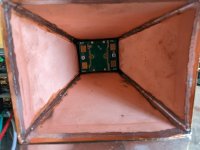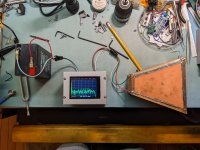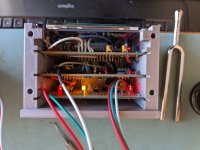I'm no expert on radar, but I've read a bunch on them and there seems to be a consensus that radar is more accurate than lights. Most all of the reviews and information I've found on the internet say that radar is considered the most accurate.
Even if it isn't, the idea of knowing EXACTLY the TRUE fps of your pellet is not that critical. CONSISTENCY is far more important. I'd much rather have a consistent chrono than one that can do true accuracy. Honetly, if it's even 5 or so fps off from the true value, it's no big deal. As long as the same settings on my gun, gives the same fps on my chrono, then I can tune. I've had several chronos, an Oehler 35P, ProChrono, Caldwell V1 and V2, Chinese, Chrony, ... I dunno, some others. I've even used them one stacked on top of the other to see how they compare. I've never had two that returned exactly the same speeds, but they've ALL been pretty darn close. I'm talking 2-5 fps normally. Once in a blue mood, I've seen a 10 fps difference and I would guess, I did something wrong, as it's only happened a time or two, with many thousands of rounds.
I've concluded that downrange velocity is not something I need. I see some value, but not enough for me. The original LabRadar seems quite cranky with airguns, from the fiddling that reviewers have had to do to get it working. Convenience is of great value to me. So the Garmin wins for me. You set it up, point it in the general direction and it works, period.
Also, if you've used all the apps, the Garmin wins again. Easy transfer to computer, with all the info intact, even the notes you've added to the string. Yes, I wish it recorded to the app as you shoot, but truthfully, it's not the issue that I expected at all. In fact it's just fine. The info layout on the app is better than any other chrono. Heck you don't even get the Hi and Lo with the ProChrono, what a blunder. In fact you only get the current velocity, so you have to keep numbers in your head. Sometimes, if I see huge spreads, I stop right there and investigate. With the PC, I have to keep calculatiing in my head, crazy. With the Garmin, I always know at a glance where I'm at.
I admit $600 is a lot for a chrony, and everyone has to judge that for themselves. I've spent thousands on guns, scopes, ammo, etc. so, the convenience and easy setup is well worth it to me.


